From garage sales with her father to leading an innovative platform for collectibles, Andrea Miele’s journey to co-founding Beezie is rooted in a lifelong passion for discovery and connection. What began as an experiment in smart contracts during the NFT boom has evolved into a full-scale infrastructure platform helping brands and collectors bring their items onchain.
We sat down with Andrea to talk about how Beezie is bridging the gap between traditional collectibles and blockchain, the gamification strategies fueling its growth, and the bold vision that’s shaping its next chapter.
Note: This transcript has been edited for length and clarity.

OpenSea: Let’s start with an introduction. Who are you, and how did Beezie come to be?
Andrea Miele: I’m Andrea Miele, CEO and co-founder of Beezie. I started my career in a totally different world (high-tech healthcare), but collectibles have always been part of my life. Some of my earliest memories are going to garage sales and swap meets with my dad to hunt for comic books, old coins, Beanie Babies. I still have binders of basketball cards labeled “Don’t trade unless you check with Dad.” It’s always been part of my DNA.
In healthcare, I loved building teams and culture, and that passion has carried over into what I’m doing now. I’ve always been pretty good at distilling complex systems into something more understandable, but what’s really made a difference are the people around me. Beezie is no exception. Our team is incredible—like family—and a huge part of why we’ve gotten to where we are today.
I started investing in crypto casually around 2016. Not enough to retire, but enough to have some scars. In 2019 or 2020, I took a deep dive into blockchain and consumer tech, and that’s when I really fell in love. After meeting my co-founder and riffing on a smart contract—one we still use today for buyback swap offers—I decided to go all-in. I burned the boats. And I haven’t looked back since. It’s been the most challenging and most rewarding thing I’ve done in my career.
OpenSea: Was there a specific moment or collection that made you think, “Now is the time to build this”?
Andrea Miele: It’s been more of an evolution. Like most good startups, we’ve had to master the art of the pivot. The foundation for what we’re doing today actually started with that smart contract—back in the early days of the NFT bull market. Do you remember the 721R refund contracts? Ours was similar, but we added a burn mechanic tied to secondary market value.
We noticed projects launching these huge 10,000-piece PFP collections, but only 3,000 or 4,000 people were truly invested. Then the rest would get dumped on the secondary market, driven by traders. And look, I don’t blame the traders—they came into that cycle for their own reasons. But we thought: there has to be a better way.
So we built the contract, filed a patent (still pending—it takes forever), and started zooming out. The NFT market was peaking, then edging into the bear. And I think we realized that we were in a unique moment in time. People were seeking connection and community, especially coming out of COVID, and maybe that moment wasn’t going to last.
That led to the question: are we comfortable building a business entirely reliant on a volatile NFT market? And the answer was no.
So we brought in our own backgrounds—my history with collectibles, my co-founders too—and started looking at the broader collectibles industry. It’s massive. It’s full of potential. But it’s also outdated in how things are bought and resold. We saw an elegant use case for blockchain that didn’t feel like trying to jam a square peg into a round hole. And that’s when the Beezie platform as it exists today really started to take shape.
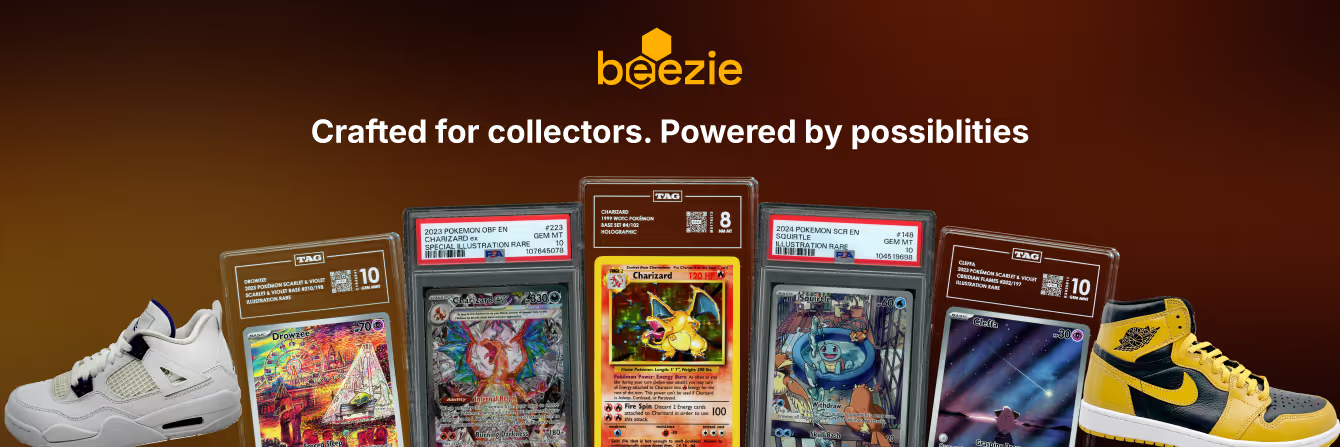
OpenSea: Yeah, that makes a lot of sense. 2021 was unique for a lot of reasons. People were isolated, looking for connection. It was a unique catalyst.
Andrea Miele: A hundred percent. I do think we’ll have another moment; it’ll just look different. I don’t believe we’ve seen the full potential of IP from NFT collections yet. I think we only scratched the surface in the last bull cycle. Pudgy Penguins has done a great job. So has Doodles. Yuga’s been a leader. But we haven’t even come close to where this can go.
And I believe IP expansion will be one of the major drivers of the next NFT bull cycle—whatever form that takes.
OpenSea: Let’s talk about Beezie’s mission: helping users turn their passions into businesses. How do you measure success on that front?
Andrea Miele: The more assets we get onchain, the better. The more partners we bring in, the better. We want to be a major player in what some call the “tokenize everything” economy—though I kind of hate that phrase. But it’s true.
Over the past six months, since launching on Flow and coming out of our early MVP phase, we’ve built the full stack to prove the stack. Beezie was always meant to be infrastructure—something brands could plug into. Long term, we want to do for other brands what we did for ourselves. That’s where the big opportunity is.
Our platform today is doing phenomenally well. We have an amazing community. We’re a real business that covers our monthly burn, which is no small feat. But I have big goals, and we’re just getting started. Now that we’ve proven the model—that this actually works and can scale—I think the sky’s the limit.
OpenSea: For someone unfamiliar with Beezie’s business model, what does it actually look like in practice when a company works with you? How do you help them help their end consumer?
Andrea Miele: Think of it in three phases. We’re in about phase one and a half right now.
Phase one was about Beezie proving that the model works. We launched our own platform and said, “Here’s how this can function.” Since January, we’ve had incredible retention and about 76% average month-over-month GMV growth. That’s huge for a small, lean team. We’re proud of that.
That early traction gave us a strong foundation. So now, when we talk to partners, we’re not just saying, “Trust me, this will work.” We can show them the numbers.
In phase two—where we are now—we’re actively bringing on partners. One of our first was a co-branded claw drop with TAG, a great U.S.-based grading company. The distribution was strong on both sides. It gave them exposure to web3, and it gave us a broader reach. We’ve got a few more partnerships in the pipeline that we haven’t announced yet, but I’m really excited about them.
These partners are using Beezie’s platform to tap into a new kind of distribution in the crypto-native ecosystem.
Phase three is the big unlock: giving brands the ability to fully own their customer data beyond the first sale—unlocking downstream revenue and all the benefits of onchain assets. We’re not quite there yet, but that’s what we’re actively building toward. We’ve got some major announcements coming in the next few months.
OpenSea: And what about the user experience? Can you walk us through what the tokenization flow actually looks like—for example, when someone sends in a card?
Andrea Miele: It depends on the asset, but let’s use graded slabs—cards, comics, vintage video games—as an example.
The item gets shipped to our vaulting partner, Brinks. They’re a household name and a fantastic partner. Once the item is in the vault, it’s authenticated and verified back to the grading company.
Then we photograph it, upload the metadata, and tokenize the asset. That NFT is dropped directly into the user’s wallet. From there, they can hold it knowing it’s securely stored, or they can list it on the marketplace and accept offers.
The best part? They’re not burdened by logistics. A seller in Kansas can instantly sell to a buyer in Tokyo—no shipping headaches, no currency conversion issues. We handle everything.
OpenSea: That makes the onchain experience feel approachable—even for people new to the space.
Andrea Miele: Exactly. That’s the whole idea—make it simple, make it seamless.
OpenSea: Let’s talk about your decision to build on Flow. What made it the right chain for Beezie?
Andrea Miele: Flow has led the way in what we now call consumer crypto. That term gets thrown around a lot, but they’ve backed it up from day one. Look at their ecosystem: Disney, Ticketmaster, the NBA, NFL, Mattel. No other chain comes close in terms of IP.
We wanted to build alongside that. We also needed a stable chain—something that wasn’t about to go through a token generation event or see volatile post-launch volume. The Flow and Dapper teams are incredible. Just amazing partners.
We talked to a lot of chains—there are great builders out there—but Flow was the obvious choice for us.
OpenSea: Let’s switch gears a bit. You’ve talked before about Beezie’s gamification element, especially the “Claw.” Why was it important to gamify the platform? And how do you make it feel fun without overwhelming or overcomplicating the experience?
Andrea Miele: Marketplaces have a cold start problem. The question is always: how do we get people in the door?
The Claw was our answer. It’s our gamification layer, and it’s also a content machine. It’s highly shareable—people post videos, stream their pulls, share reactions. That taps into a network effect that’s hard to beat, especially in web3.
It brings people in organically, and it’s also a great revenue stream for us and for our partners. It’s always on. It keeps users engaged.
At the same time, it’s not just a gimmick. When people use the Claw, there’s a real buyback offer from the platform. So even if they don’t get their dream item, they’re still getting value—and they can swap what they pulled. That kind of thoughtful game design is what makes it feel meaningful, not manipulative.
The Claw is a content machine. There's so much happening on social media for businesses like ours, especially marketplaces. When you tap into the network effect of content creators, it becomes really powerful. The Claw lends itself perfectly to that. Communities give away Claw pulls, people post videos of their reveals, and that creates a natural, viral loop. It allows us to market in a super organic way and gain traction just by being part of the culture.
Beyond that, it's also a strong revenue driver—for both us and our future partners. The gamification layer is always on. It’s dynamic, constantly moving. If someone’s in the mood for that “what if” moment, they can try their luck. And even if they don’t pull the grail item, there’s a 90% platform buyback offer. So there's always value. They can keep it, trade it, or swap it.
There are a lot of different reasons people use it—but for us, the core reason for building it was to solve the cold-start problem. How do you get people in the door and expose them to the broader ecosystem? That’s exactly what the Claw does.
OpenSea: Yeah, it’s a really interesting structure. It brings people in without making it feel like they’re just being pulled into some gimmick. They get real value out of it. So Beezie already supports trading cards, sneakers, watches, all kinds of memorabilia. Is there another category you’re especially excited to expand into?
Andrea Miele: One of the biggest unlocks ahead isn’t more speculation, it’s building for the real consumer. And more often than not, that consumer is female. Women have been the driving force behind blind boxes, designer toys, plush drops, mini bags, you name it. But no one has built onchain experiences that actually speak to them.
At Beezie, we’re changing that. Through upcoming partnerships, new category expansion, and brand activations, we are focused on creating an experience that feels native to how these buyers already shop—fun, intuitive, and centered on discovery and delight, not friction and wallets.
This isn’t about bringing women into web3. It’s about bringing the future of commerce to the people already shaping culture. We could not be more excited to keep building in that direction.
OpenSea: Big picture—say, five years down the road—how do you want people to be using Beezie?
Andrea Miele: Five years from now, I don’t think it’s just about people using Beezie. It’s about people using the platforms that Beezie powers behind the scenes. I want our infrastructure to be the backbone of tokenized retail—our fingerprint on 50% of the assets in that space.
That’s a huge, lofty goal, but we’re not shy about aiming high. We want to be a major player in the tokenized-everything economy. We want to be the solution brands turn to when they’re ready to bring their assets onchain.
OpenSea: It’s a great goal. I love that. Is there anything else you want people to know either about you or about Beezie?
Andrea Miele: We’re the little team that could. We’ve been told “no” more times than I can count, and every time, it just adds fuel to the fire. We’ve built through bears and bulls, and I think we’ve done it the right way, with integrity and with the support of our community. I’m really proud of that.
OpenSea: Very cool. Thank you for your time!
Andrea Miele: You too.
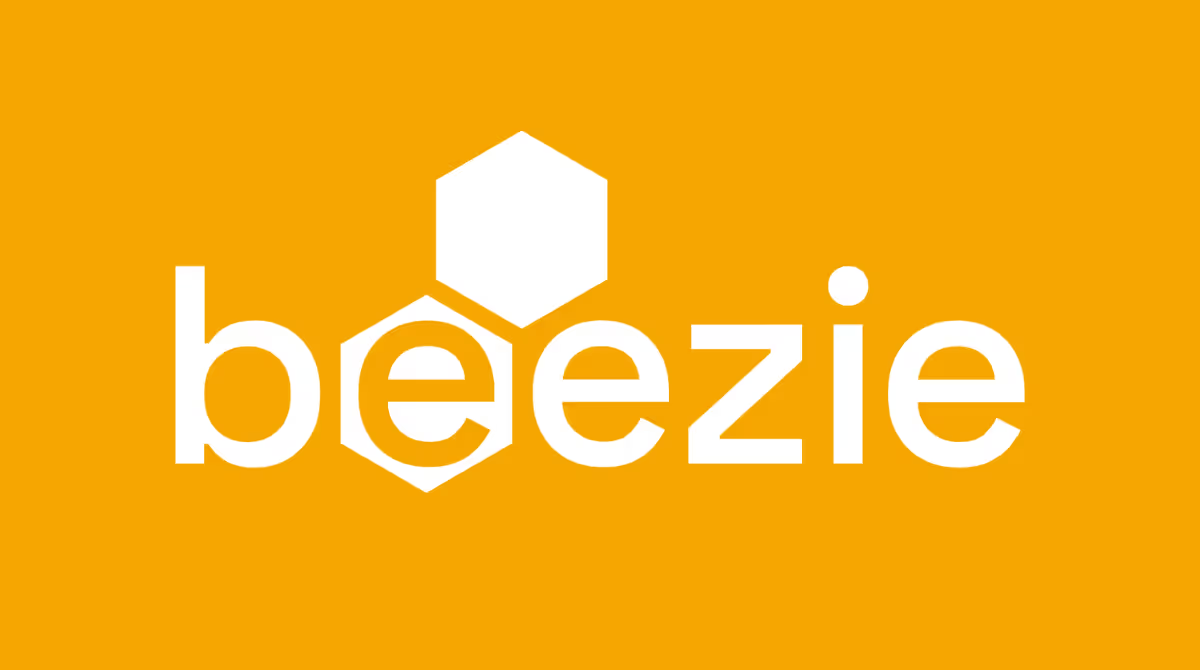



.avif)
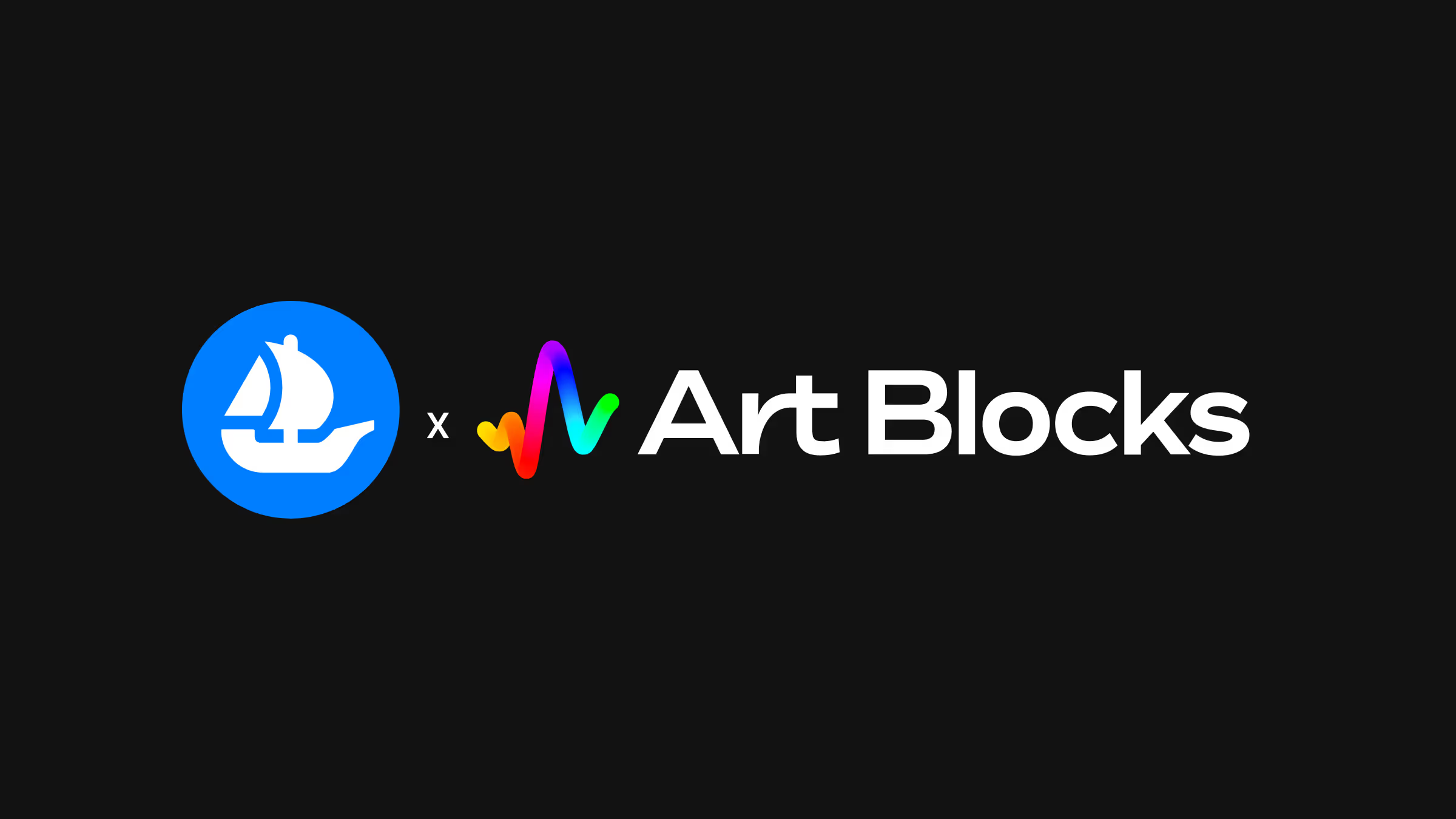

.png)
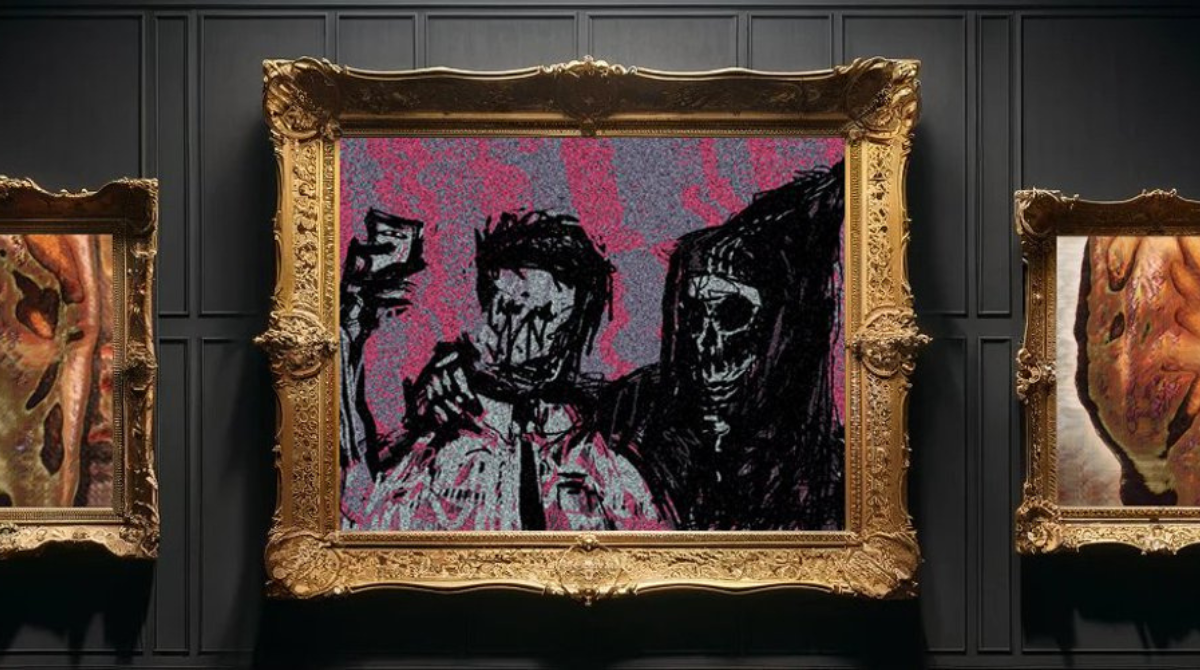
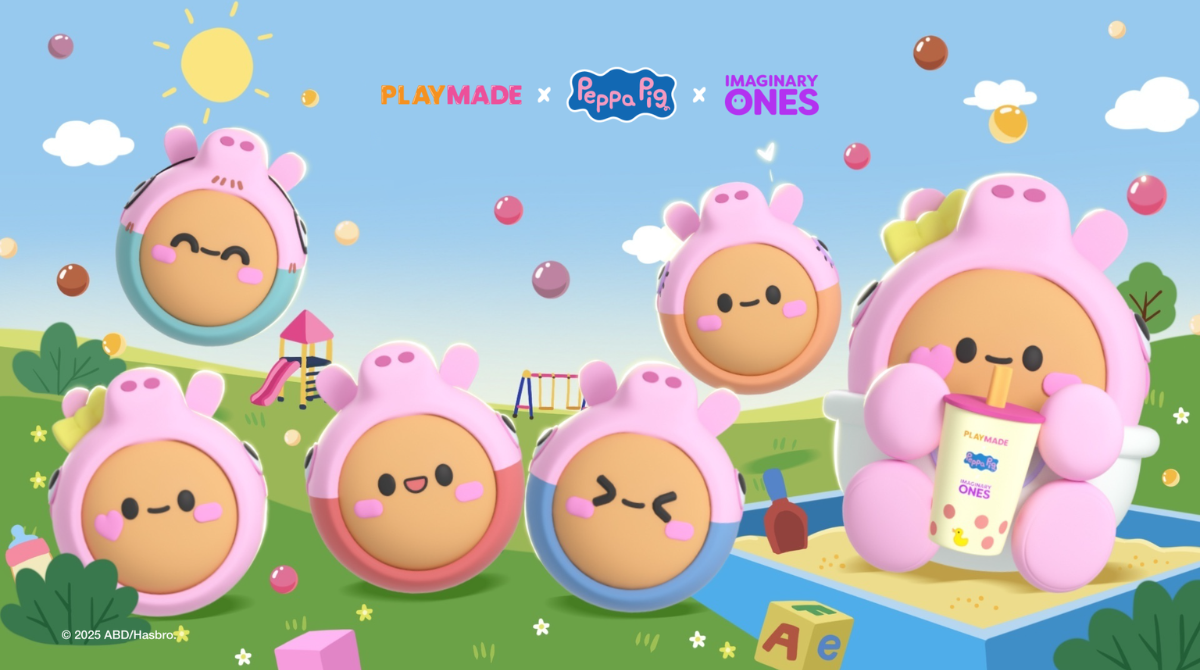

.png)
.png)
.png)